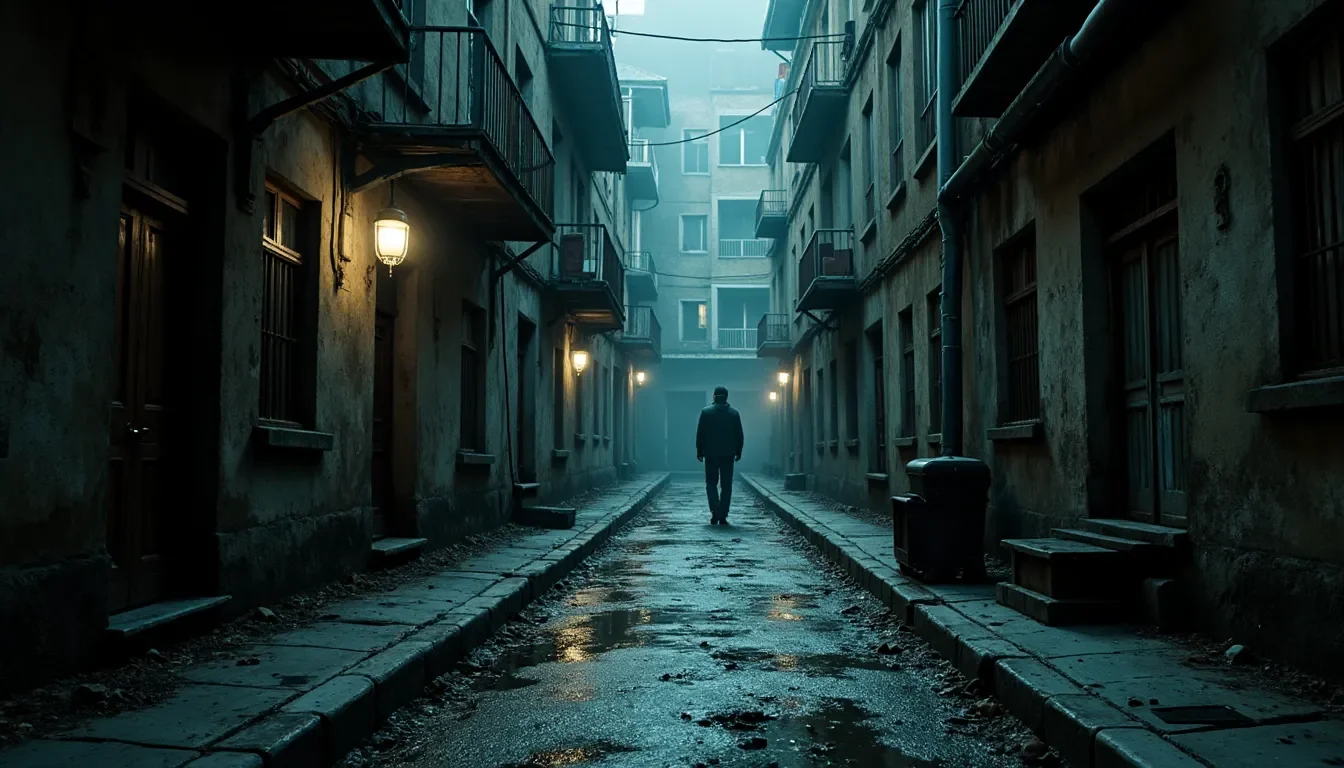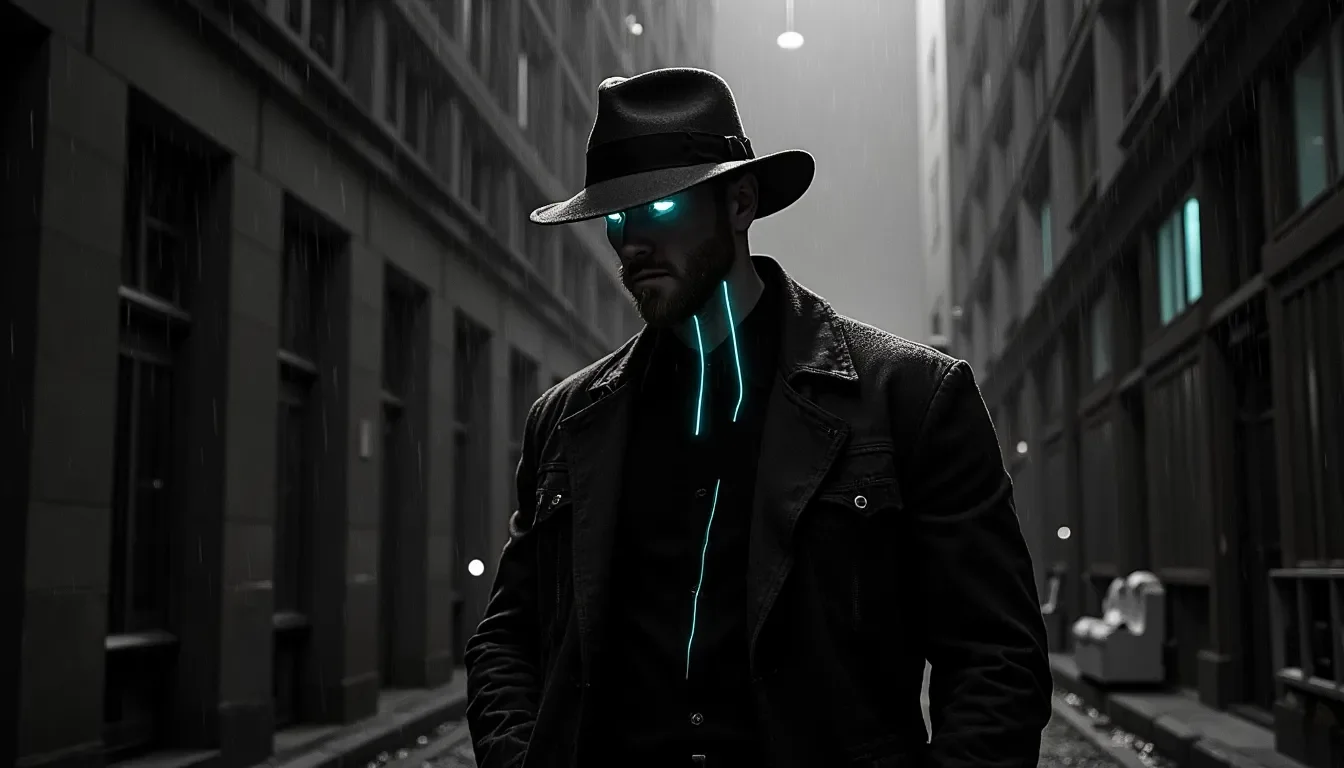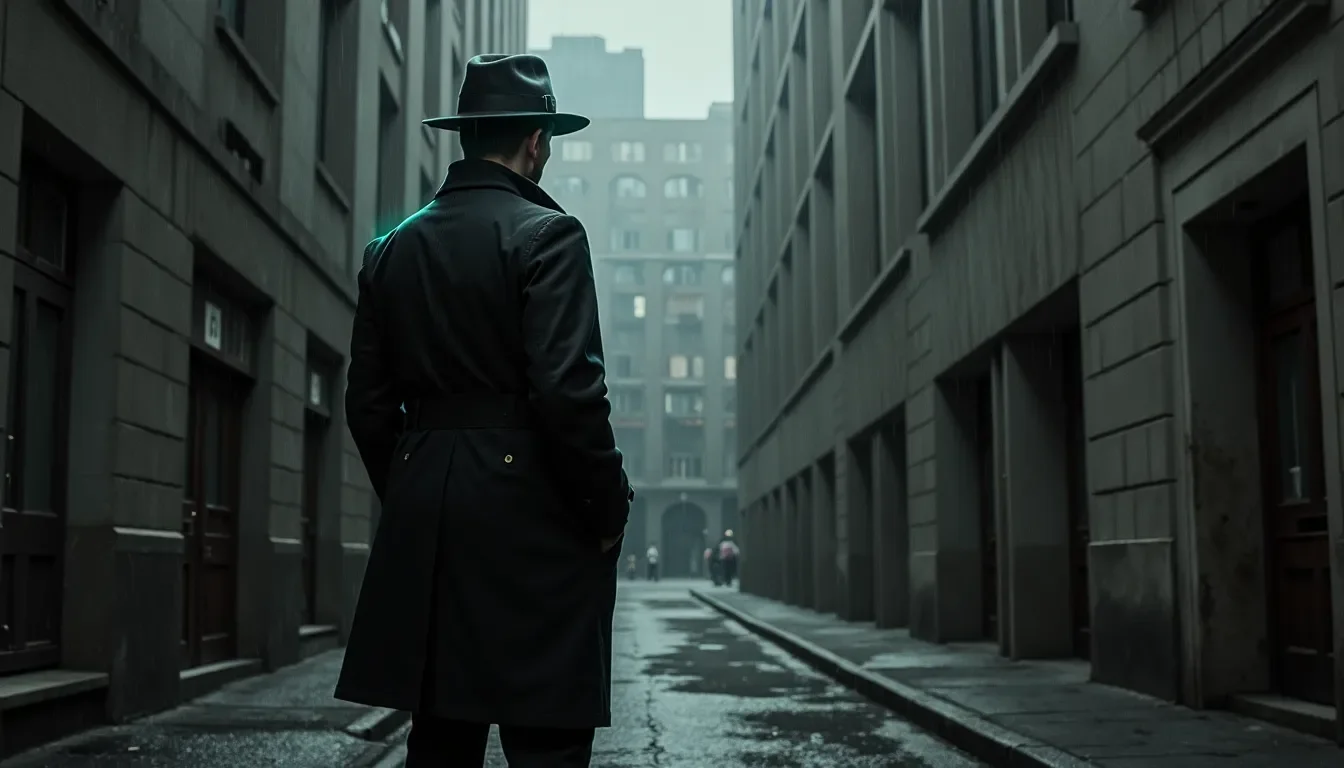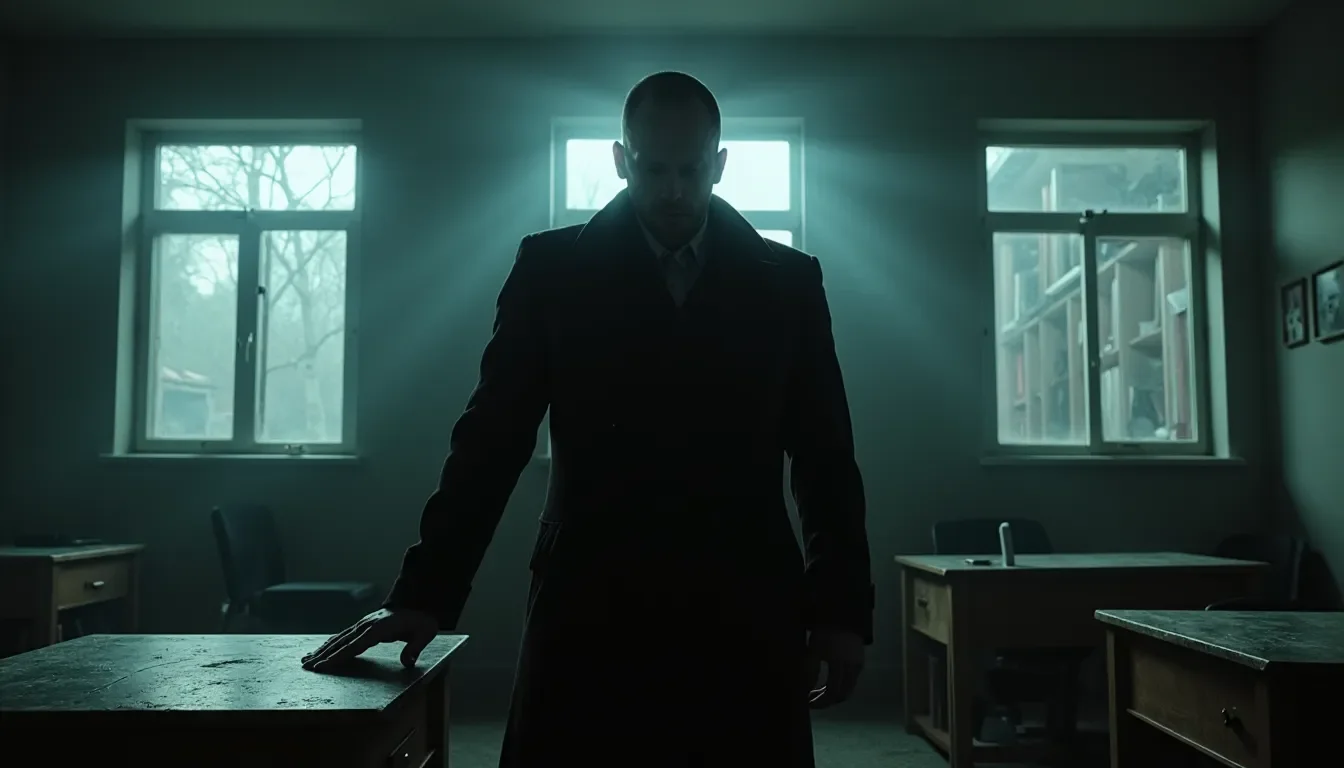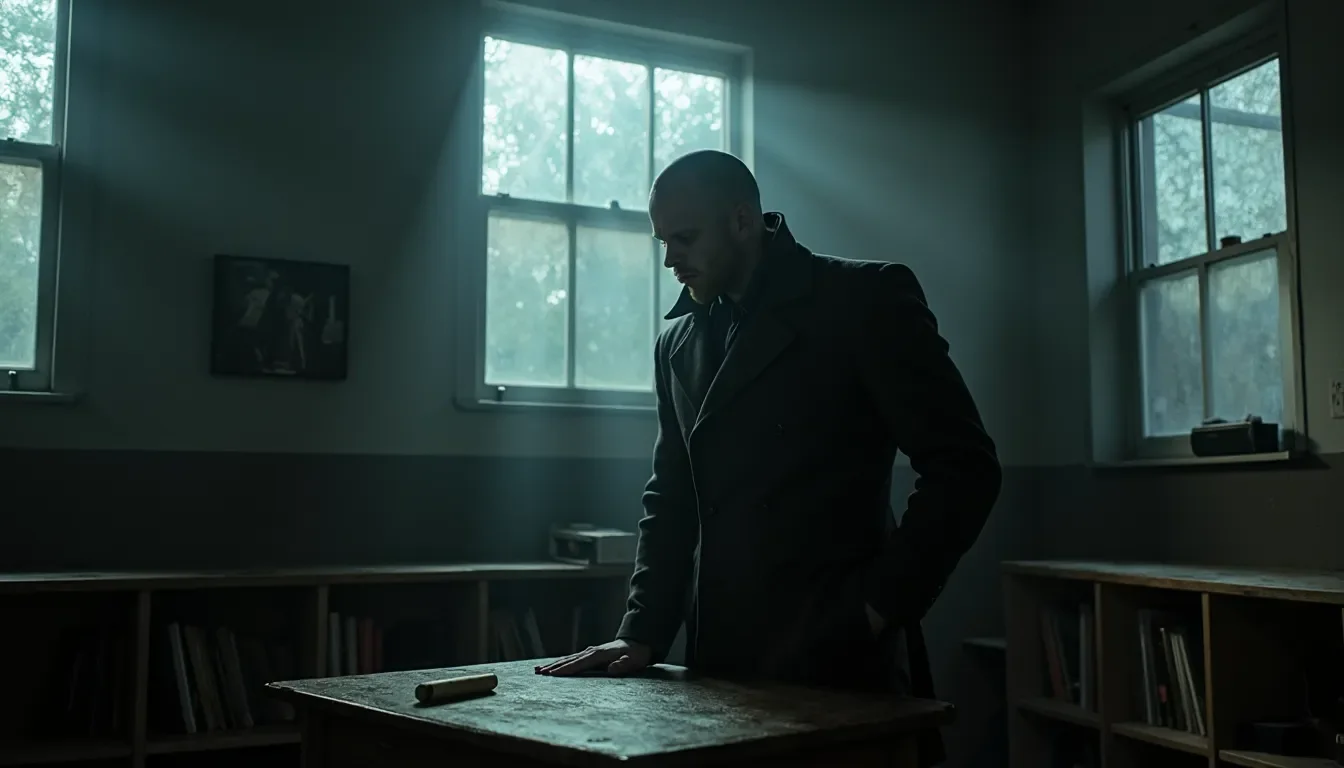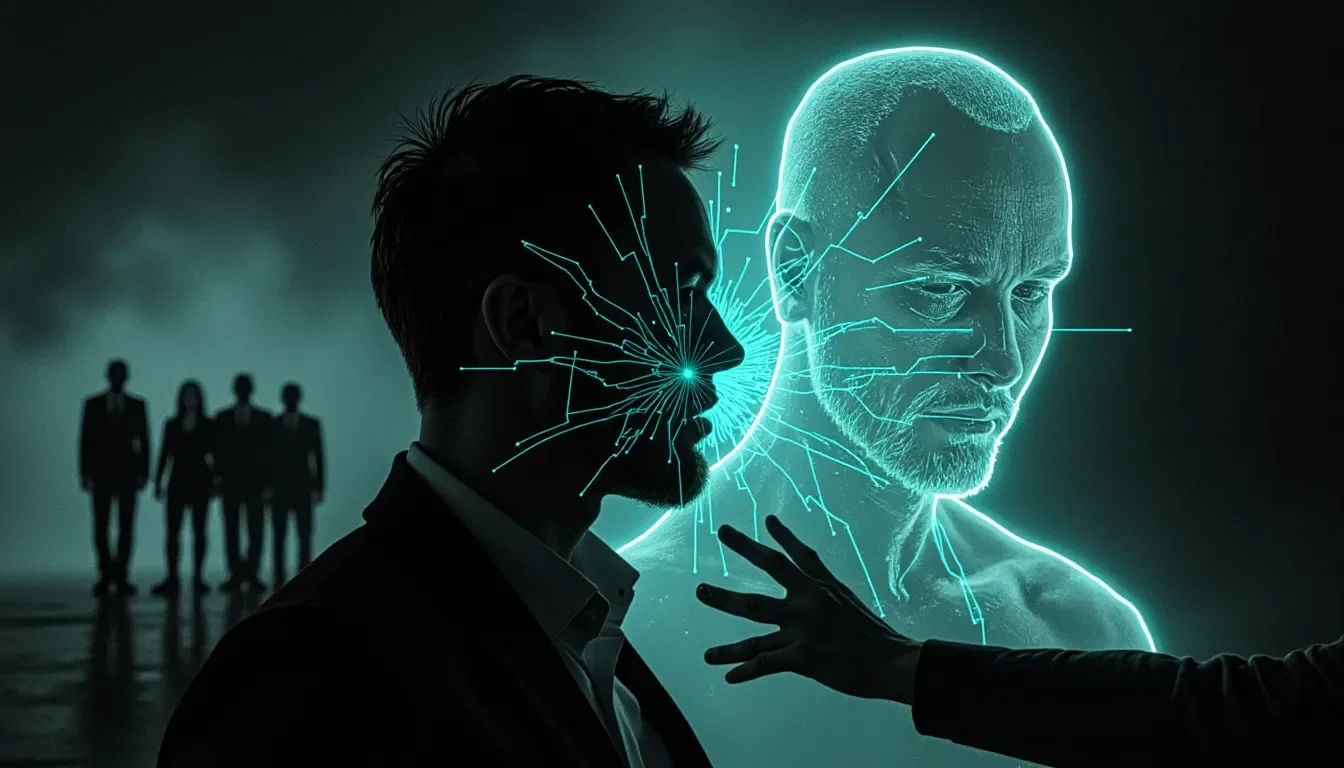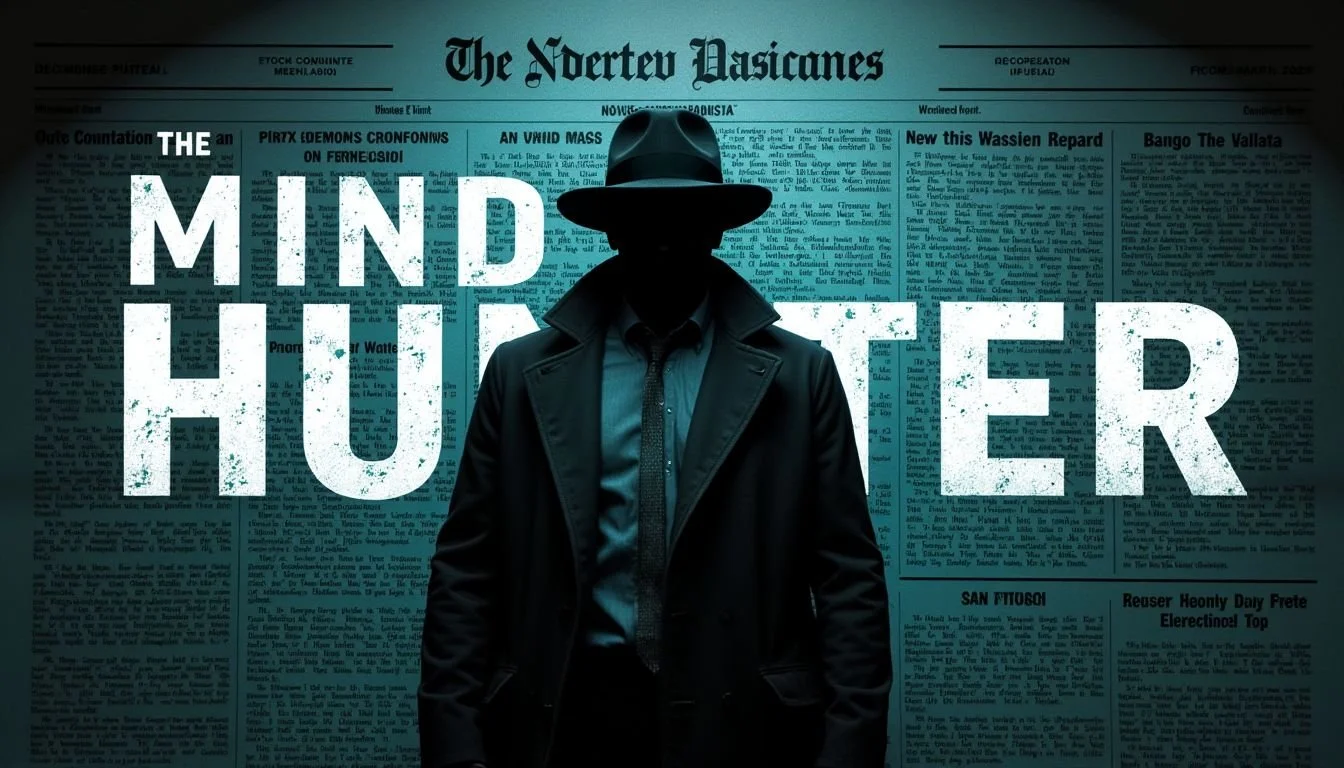
T H E C A S E F I L E S
Unveiling the Brutal Logic of Humanity.
"The Mind Hunter" is a multi-tiered content project focused on analysing real-life crimes, primarily those involving serial killers and other violent, political, or blue-collar offences. The core purpose is to inform viewers about these events and then provide the creator's psychological insights into the motivations ("Why") behind them.
The Chilling Self-Portrait
Dive into the unsettling depths of criminal psychology as we explore why nearly every offender maintains an unwavering belief in their own inherent goodness, a core concept from Stanton E. Samenow's Inside the Criminal Mind. For true crime enthusiasts, aspiring criminal psychologists, and those fascinated by the…..
The Terrorist Within
Delve into the shocking revelations of Inside the Criminal Mind by Dr. Stanton E. Samenow, as we explore how criminal psychology redefines our understanding of global terrorism and domestic terror. This deep dive into true crime analysis challenges observers, from aspiring Sherlock Holmes to criminal psychology students…..
The Criminal Paradox
Dive deep into the criminal mind with this profound analysis of Stanton E. Samenow's "Criminality Is Primary, Drugs Secondary." This video provides critical insights for true crime enthusiasts and those interested in criminal psychology, debunking common myths about drug addiction and its role in delinquency. Discover the…..
The Malignancy of Rage
Delve deeply into the dark dominions of deviant minds, discerning the dynamic drivers of destructive displeasure. Samenow's seminal study, Inside the Criminal Mind, meticulously maps the malignant maze of criminal rage. Rest of the description: This penetrating analysis explores Chapter 8: "Simmering Anger Flaring into Rage…..
The Predator's Playbook
Samenow's Inside the Criminal Mind profoundly reframes sexual offences not as products of uncontrollable urges or 'sickness', but as deliberate acts of power and conquest driven by a chillingly rational ego. For the criminal, sex serves as a tool for self-aggrandisement, where victims are dehumanised and true…..
The Criminal Mind
Samenow's Inside the Criminal Mind posits that criminal behaviour stems from deeply ingrained, self-serving thought patterns, rather than solely environmental factors. Chapter 6, "Life Is a One-Way Street—My Way," highlights the criminal's egocentric worldview, driven by an insatiable craving for power and a profound sense…..
The White-Collar Criminal Next Door
Samenow's "Work and the Criminal" argues that criminals view legitimate employment with cynical detachment, primarily as a tool for deception, power, or exploitation, categorising their engagement as rare, intermittent, or diligently performed for cover. Through compelling case studies of white-collar fraudsters and…..
The Criminal Mind in the Classroom
Samenow's "To Hell with School" ruthlessly dissects the criminal's deliberate and often self-serving disengagement from education, categorising them into disruptive drop-outs, disillusioned 'drop-offs', and academically successful 'good students' who exploit the system. He argues that rather than being victims of circumstance….
The Will to Crime
Dr. Stanton E. Samenow’s Inside the Criminal Mind, Chapter 3, "Peer Pressure: No Excuse for Crime," meticulously dismantles the pervasive notion that peer influence drives criminal behaviour, arguing instead that individuals actively choose and seek out like-minded associates for illicit activities. He posits that criminals….
The Inconvenient Truth of the Criminal Mind
Dr. Stanton E. Samenow's research challenges the belief that parental failings cause criminality, arguing instead that offenders often choose a defiant path from a young age, actively rejecting socialising influences. He presents evidence that children's inherent potential can override parental impact, highlighting…..
The Criminal Mind
This article argues against the prevalent notion that crime is primarily caused by external societal factors like poverty or upbringing. Drawing on the work of Samenow and Yochelson, it asserts that the search for such "causes" is futile and counterproductive, instead highlighting the paramount role of…..
The Future of Crime
Adrian Raine's The Anatomy of Violence provocatively explores future scenarios where neurocriminology fundamentally reshapes society’s approach to crime, proposing unsettling hypothetical programs like mandatory brain scans, child screening, and parental licensing to predict and prevent violence. While advocating….
The Enigma of Evil
Adrian Raine's "The Brain on Trial" asserts that neurobiological factors profoundly influence criminal behaviour, challenging traditional notions of free will and responsibility within the legal system. Through compelling case studies like Michael Oft and Donta Page, the book argues for a continuum of free will…..
The Architecture of Vice
Adrian Raine's "Curing Crime" posits that violent behaviour, while complex, can be intervened upon through a biosocial approach, emphasising that biological predispositions are not immutable. The article highlights effective strategies ranging from early intervention programs like nurse home visitations and nutritional…..
The Unmaking of a Monster
Adrian Raine's "The Biosocial Jigsaw Puzzle" dismantles the notion of singular causes for violence, arguing instead that it stems from a multiplicative "toxic mix" of biological and social factors. He demonstrates how these elements, from birth complications to environmental trauma, can epigenetically alter brain function…..
The Recipe for Violence
Adrian Raine's "A Recipe for Violence" reveals how environmental factors like malnutrition, specific micronutrient deficiencies (omega-3, zinc, iron, tryptophan), and heavy metal exposure (lead, cadmium, manganese) directly impact brain function, fostering aggressive behaviour. The chapter also links mental illnesses…..
The Cradle of Cruelty
Adrian Raine's Chapter 6, "Natural-Born Killers," argues that violence is significantly shaped by early life influences, even pre-birth. He presents compelling evidence that complications during birth, maternal rejection, minor physical anomalies, and prenatal exposure to substances like alcohol and tobacco can profoundly…..
The Criminal Brain
This article delves into Adrian Raine's groundbreaking research on the neuroanatomy of violence, challenging conventional notions of criminality. Beginning with the case of Herbert Weinstein, it posits that many offenders exhibit subtle yet significant structural brain abnormalities, often with a neurodevelopmental origin. Raine's…..
The Cold Heart Code
This analysis delves into Adrian Raine's work on the biological underpinnings of psychopathy and antisocial behaviour, focusing on the unsettling reality of "cold-blooded killers." It highlights the surprisingly low resting heart rates found in aggressive individuals from childhood, suggesting a fundamental lack of fear….
The Anatomy of a Killer
This analysis of Adrian Raine's work delves into the neurobiology of violence, revealing how brain imaging technology, particularly PET scans, has uncovered significant differences in murderers' brains, notably reduced prefrontal cortex activity. We explore how such impairments contribute to different types of aggression, reactive…..


